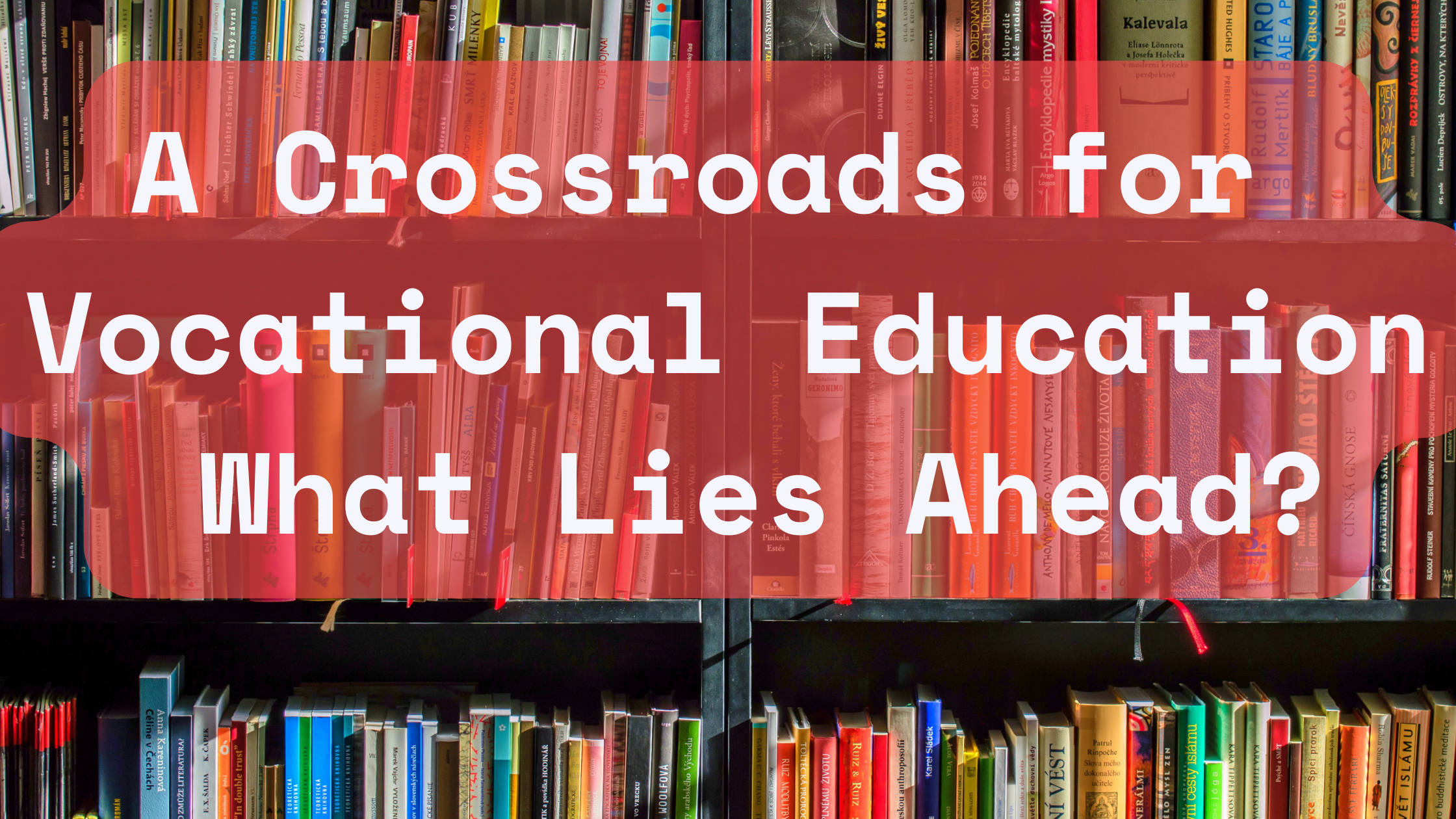A Crossroads for Vocational Education in Australia: What Lies Ahead?
The Impending Impact on Students and Institutions
Australia’s vocational education sector stands at a pivotal juncture. Recent policy shifts signal significant transformations, particularly affecting international students and private training organisations (RTOs). With sweeping changes on the horizon—from financial prerequisites to regulatory scrutiny—the landscape of vocational training is set to evolve dramatically. But where exactly is vocational education in Australia heading?
It is clear from the government message, that international education in Australia is bracing for substantial adjustments. The government increased the financial requirements for incoming students, enhanced English proficiency standards and increased requirements to the Temporary Graduate visa. These alterations, coupled with potential caps on student visas and higher rates of visa refusals, paint a challenging picture for prospective international students.
Moreover, private Registered Training Organisations (RTOs) are under increased scrutiny. The Australian Skills Quality Authority (ASQA) is set to receive a $38 million boost to enhance compliance efforts. This financial injection suggests a tougher regulatory environment is imminent, with non-compliant RTOs facing potential shutdowns. Such measures indicate a clear intent to elevate the standards of vocational training and protect students from substandard education providers.
Concurrently, the government is championing public TAFE (Technical and Further Education) institutions by introducing free TAFE courses and allowing for self-regulation. Additionally, there’s a move to cap the indexation on FEE-HELP, which could make TAFE courses more accessible to local students. These initiatives seem to favour public institutions over their private counterparts, potentially reshaping the competitive landscape of vocational education in Australia, which could lead to a steep hike in tuition fees for international students.
This strategic shift appears to reflect a broader governmental agenda that somewhat sidelines international education and the private sector in favor of enhancing and expanding TAFE. Unfortunately, this might not be entirely feasible or effective in the long run. Australia, with its relatively small population, cannot solely rely on domestic talent to fulfill its job market demands. Unlike Canada or the UK, which have robust systems attracting international students and migrants to address labor shortages, Australia’s reliance on international students and migration is critical for its economic and educational sectors.
The government’s current direction might need reevaluation. While strengthening TAFE and ensuring high standards across vocational training providers are commendable goals, it’s crucial to maintain a balanced approach. Australia’s educational strategy must consider the vital role that international students play in the broader ecosystem, not only in education but also in fulfilling the nation’s workforce needs.
Australia’s vocational education sector navigates these transformative times, a more holistic and inclusive approach might be necessary. This approach should consider the intricate balance between upholding educational standards, supporting public institutions, and recognising the indispensable contribution of international students and private entities to Australia’s educational and economic vitality.





Leave A Comment